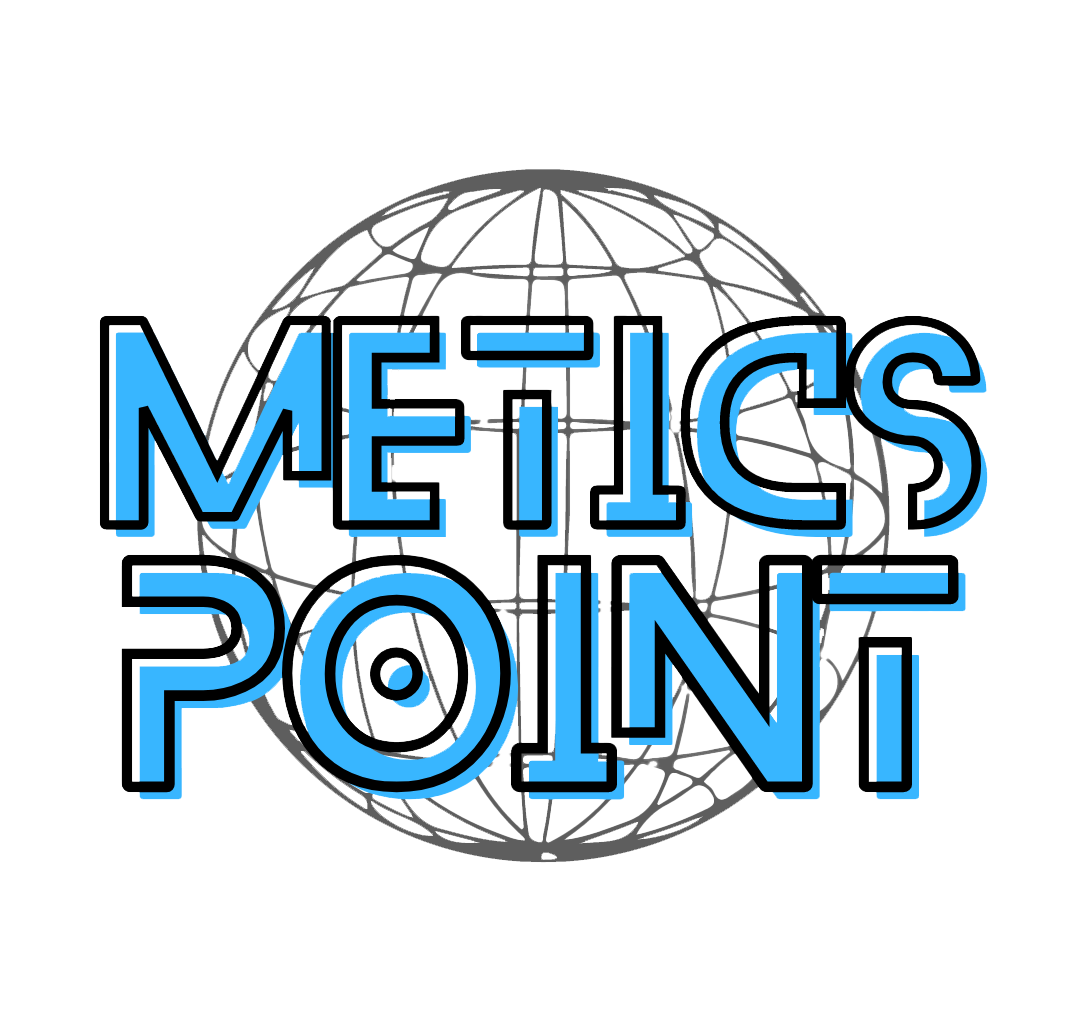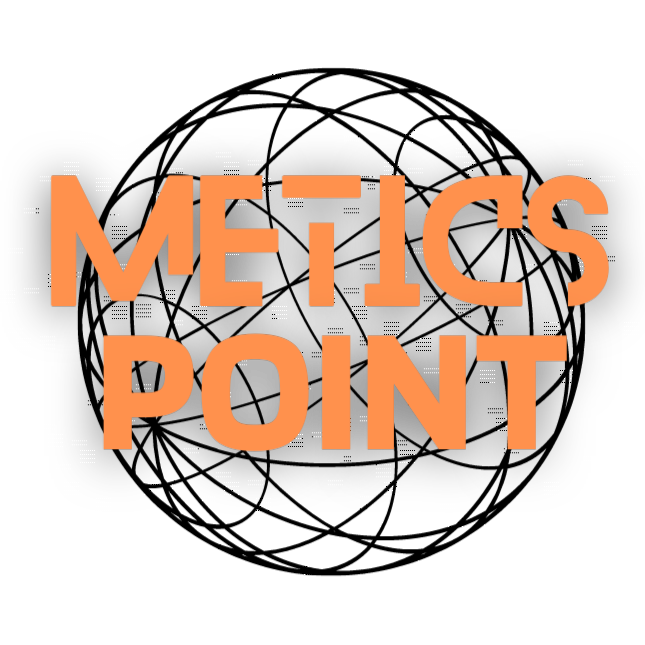Mineral Collection Classification: What does it take to systematically classify a mineral collection, and why is it essential knowledge for enthusiasts and professionals alike? This question intrigues many who are drawn into the fascinating world of minerals. Whether you’re a novice collector picking up your first piece of quartz or a seasoned professional cataloging your latest acquisition, a well-organized classification system not only brings order to your collection but also enhances your understanding and appreciation of each specimen.
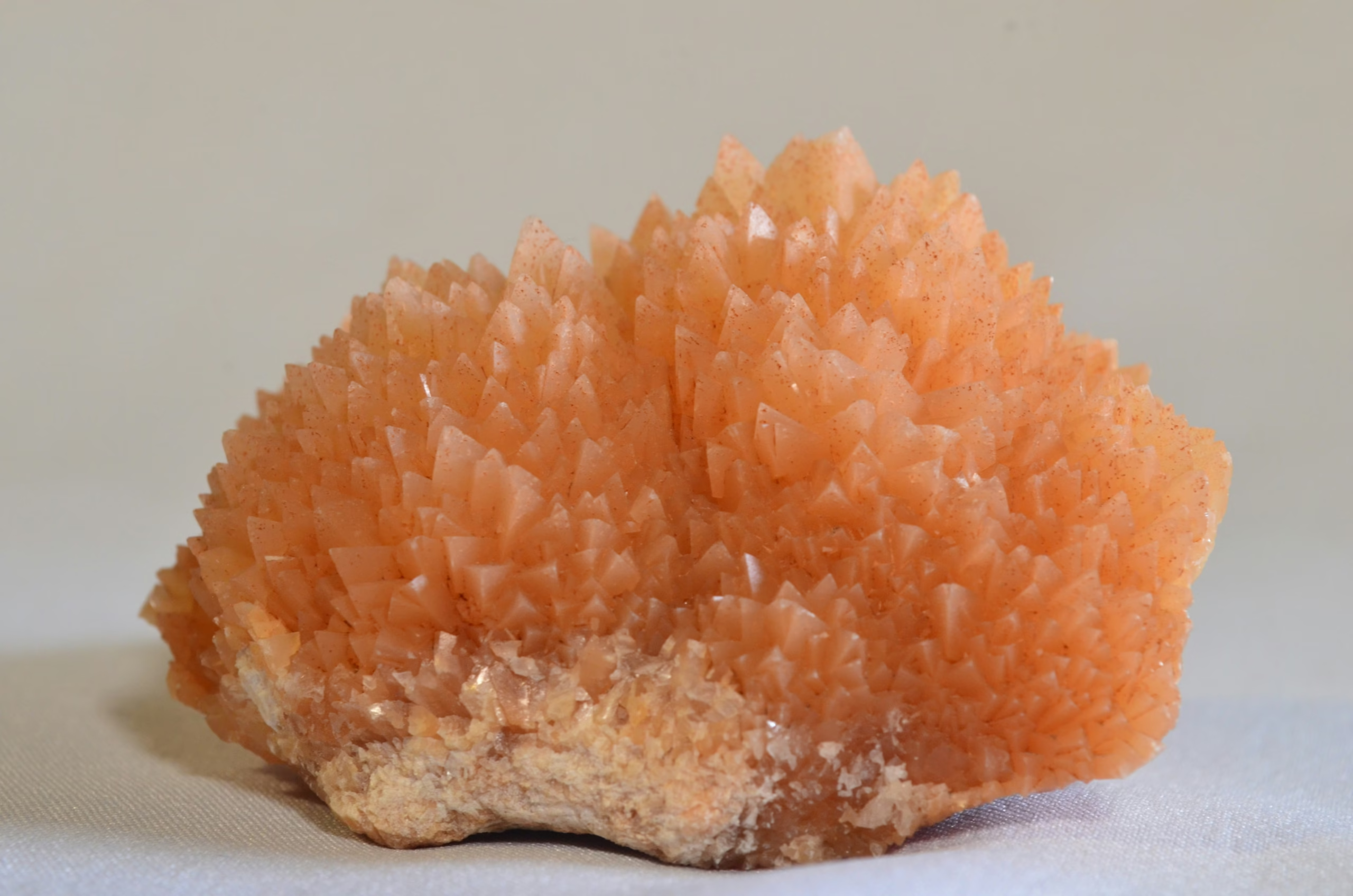
Table of Contents
Historical Context of Mineral Classification
The origins of mineral classification date back centuries. Ancient scholars attempted to categorize minerals based on observable properties such as color and hardness. However, it wasn’t until the 18th century that modern classification systems began to take shape, propelled by the scientific advances of the era.
Early Beginnings and Advancements
Contributors like Georgius Agricola, often called the father of mineralogy, laid foundational work with detailed observations and descriptions of minerals. Progressing into the Enlightenment, systems developed from rudimentary collections of human knowledge into more structured frameworks. The work of individuals like René Just Haüy, whose pioneering efforts in crystallography furthered the scientific understanding of mineral structures, proved indispensable.
The Role of Scientific Exploration
Fast forward to the present, mineral classification systems have evolved dramatically through the infusion of chemistry, physics, and geology. The establishment of institutions dedicated to mineralogy has further cemented the importance of systematic classification, allowing for significant strides in mining, academic research, and even space exploration.
Key Concepts in Mineral Classification
Understanding the principles governing mineral classification systems provides clarity and precision to any collection. A focus on specific criteria can effectively distinguish between seemingly similar specimens, enhancing the value and scientific relevance of a collection.
Chemical Composition as a Foundation
At its core, classification often begins with chemistry. Minerals are typically grouped by their predominant anion or anionic group. The vast array of naturally occurring minerals can largely be attributed to the diversity of their chemical compositions, traditionally divided into families such as silicates, oxides, sulfates, and carbonates.
Physical Properties in Focus
Beyond chemistry, physical properties like crystal structure, hardness, and specific gravity serve as pivotal identifiers. For instance, the Mohs hardness scale remains a widely used standard for assessing resistance to scratching, while optical properties such as refractive indices are indispensable in differentiating between minerals with similar appearances.
Crystallography and Structure
Crystallography advances provide vital insights into the atomic structures of minerals. The geometry of crystal lattices not only reflects unique visual symmetry but also influences physical behaviors and reactivity, enabling a deeper understanding of the mineral’s role in both ecological and industrial contexts.
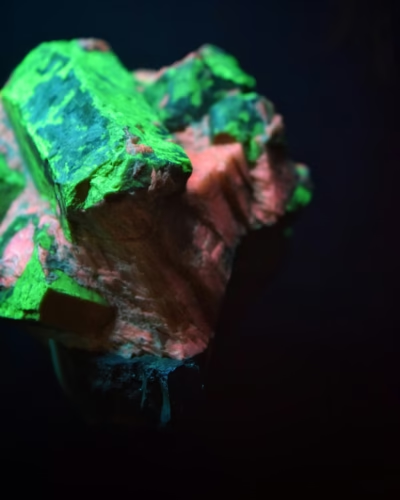
Implementing a Step-by-Step Mineral Classification System
Applying a logical, step-by-step approach to mineral classification transforms haphazard collections into coherent assemblies, highlighting distinctive attributes and organizing knowledge systematically.
Analyzing the Specimen
Begin by thoroughly examining your mineral specimens. Document its color, luster, streak, and hardness. Use reference materials such as field guides or online databases to compare notes and establish a matched identity.
Establishing the Chemical Category
Conduct simple chemical tests or use advanced analysis techniques like X-ray fluorescence (XRF) or scanning electron microscopes (SEM) to determine the specimen’s chemical composition. This phase separates the collection into broad anionic categories, serving as a preliminary sort.
Exploring Crystallography
Utilize tools like a polarizing microscope to analyze crystallographic characteristics. Understanding symmetrical patterns and internal structures fine-tunes the classification, allowing differentiation based on crystal system (e.g., cubic, tetragonal).
Utilize a Tabular Classification System
Organizing your collection in a table format provides clarity and ease for future reference.
| Specimen Name | Chemical Group | Crystal System | Hardness (Mohs) | Notable Characteristics |
|---|---|---|---|---|
| Quartz | Silicate | Hexagonal | 7 | Piezoelectric properties |
| Pyrite | Sulfide | Cubic | 6-6.5 | Metallic luster |
| Calcite | Carbonate | Trigonal | 3 | Reacts with HCl |
This tabular approach augments accessibility and facilitates comparative analysis when integrating new specimens.
The Implications of Visual Aids and Technology
Incorporating visual aids such as high-definition photographs or digital sketches of mineral specimens supports the classification process. These visual representations alongside the tabulated data enhance learning and retention.
Innovating with Technology
The current digital age offers tools like 3D modeling and augmented reality apps that enable virtual manipulation of mineral collections, providing a tactile understanding of crystal forms and enhancing the cataloging process.
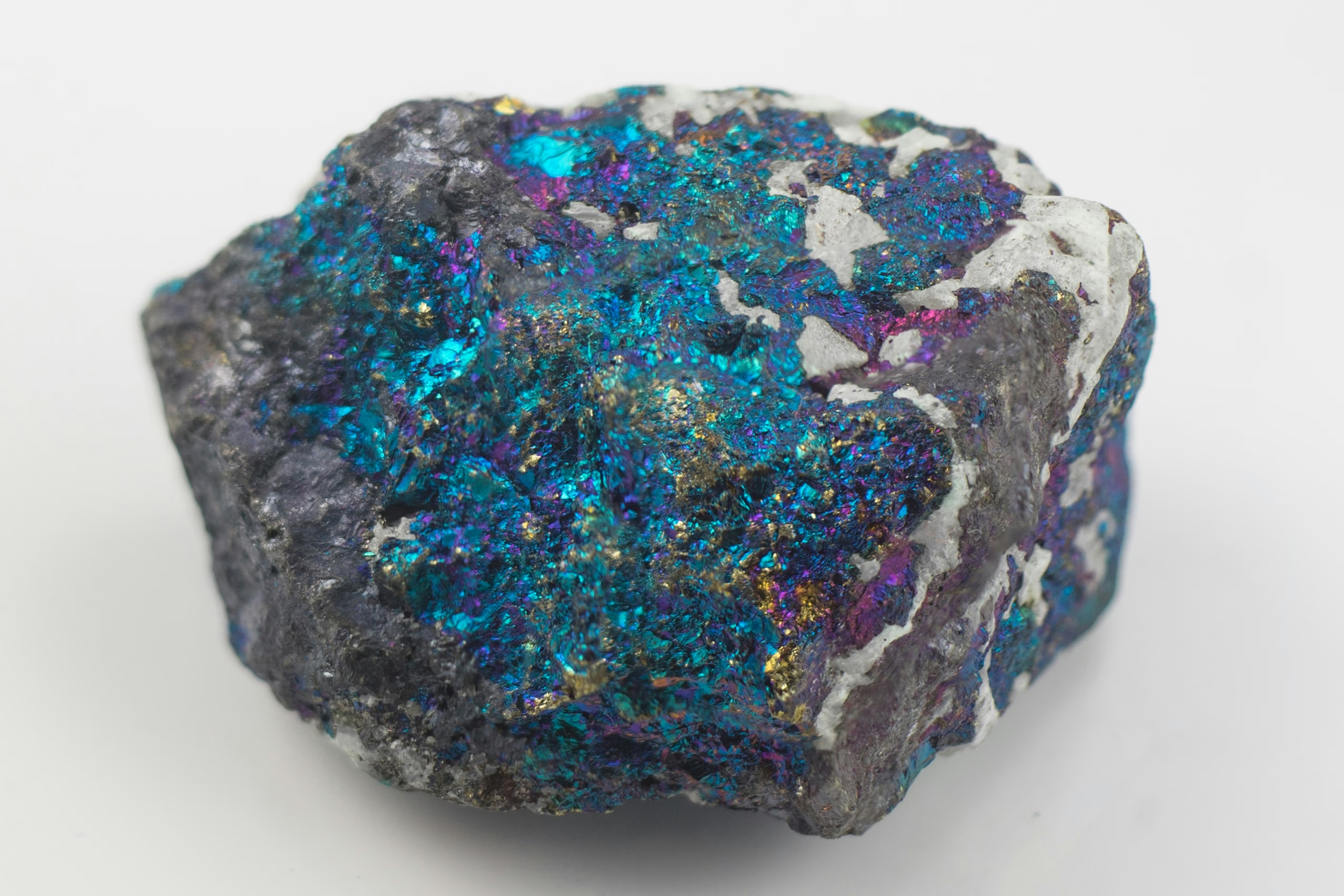
Case Studies in Successful Mineral Classification
Exploring real-world examples of effective mineral classification can offer invaluable insights and practical templates for crafting your system.
Academic Institutions and Museums
Consider how institutions like the Smithsonian National Museum of Natural History meticulously categorize and display vast mineral collections. Their methods emphasize both educational storytelling and scientific rigor, creating an enlightening visitor experience.
Private Collectors
Private collections often showcase innovative personal classification systems that prioritize accessibility and ease of understanding, often incorporating both personal anecdotes and historical perspectives to enrich the narrative of each piece.
Problem-Solving Strategies in Mineral Collection
Encountering challenges is intrinsic to mineral classification, yet strategizing solutions ensures progression and continuous improvement in collection organization.
Addressing Identification Challenges
When difficulty arises, consult experts or advanced reference materials. Community resources, forums, or geological societies can offer identification assistance and foster a network of shared knowledge.
Enhancing Documentation
Create meticulous records including acquisition details, origin, and any tests conducted. This habit establishes a comprehensive archive that evolves alongside your collection, allowing comparative analysis and trend identification.
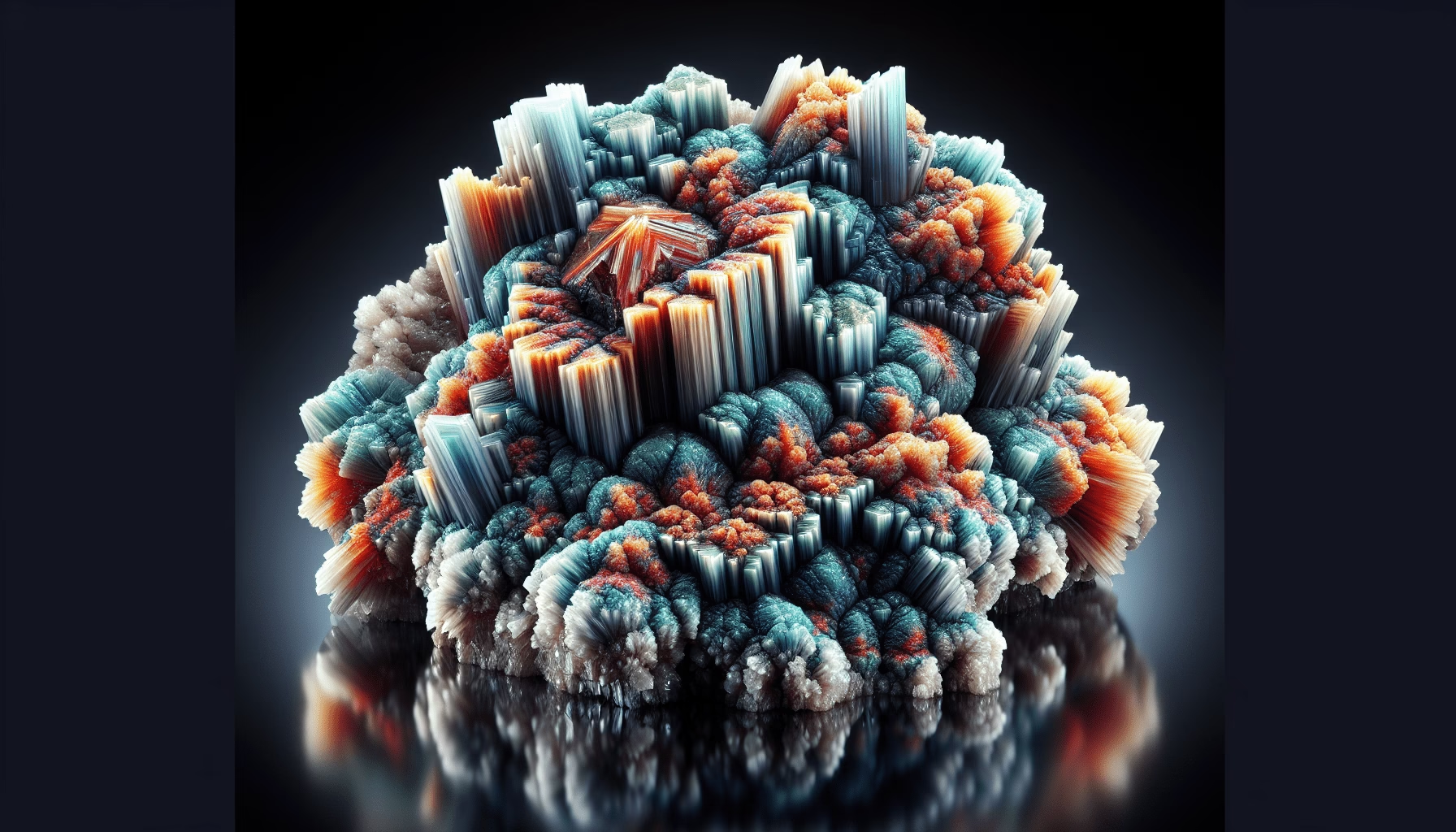
Environmental and Scientific Impact of Mineral Collections
Highlighting the sustainability aspects and scientific contributions of mineral collections drives both personal and communal engagement.
Conservation and Ethics
Emphasize responsible sourcing practices and ethical collection philosophies. Being aware of environmental and local social impacts when acquiring specimens promotes conservation and ethical engagement with the mineralogy community.
Contribution to Scientific Studies
Mineral collections serve as vital repositories supporting research in fields ranging from geology to material sciences, offering academics and professionals a tangible means for experimental validation and theoretical exploration.
The Future of Mineral Classification Systems
Predicting advancements in mineral classification involves integrating technological innovations and anticipating shifts within the scientific landscape.
Technology and Innovation
Anticipate the role of emerging technology in easing classification, with developments like AI-driven analysis tools and enhanced spectrometry pushing boundaries. Staying informed through continuous learning and engagements with technology-driven platforms ensures adaptability in evolving markets.
Community and Educational Growth
Fostering community through workshops, classes, and public lectures expands the reach and appeal of mineral classification as both a hobby and academic pursuit.
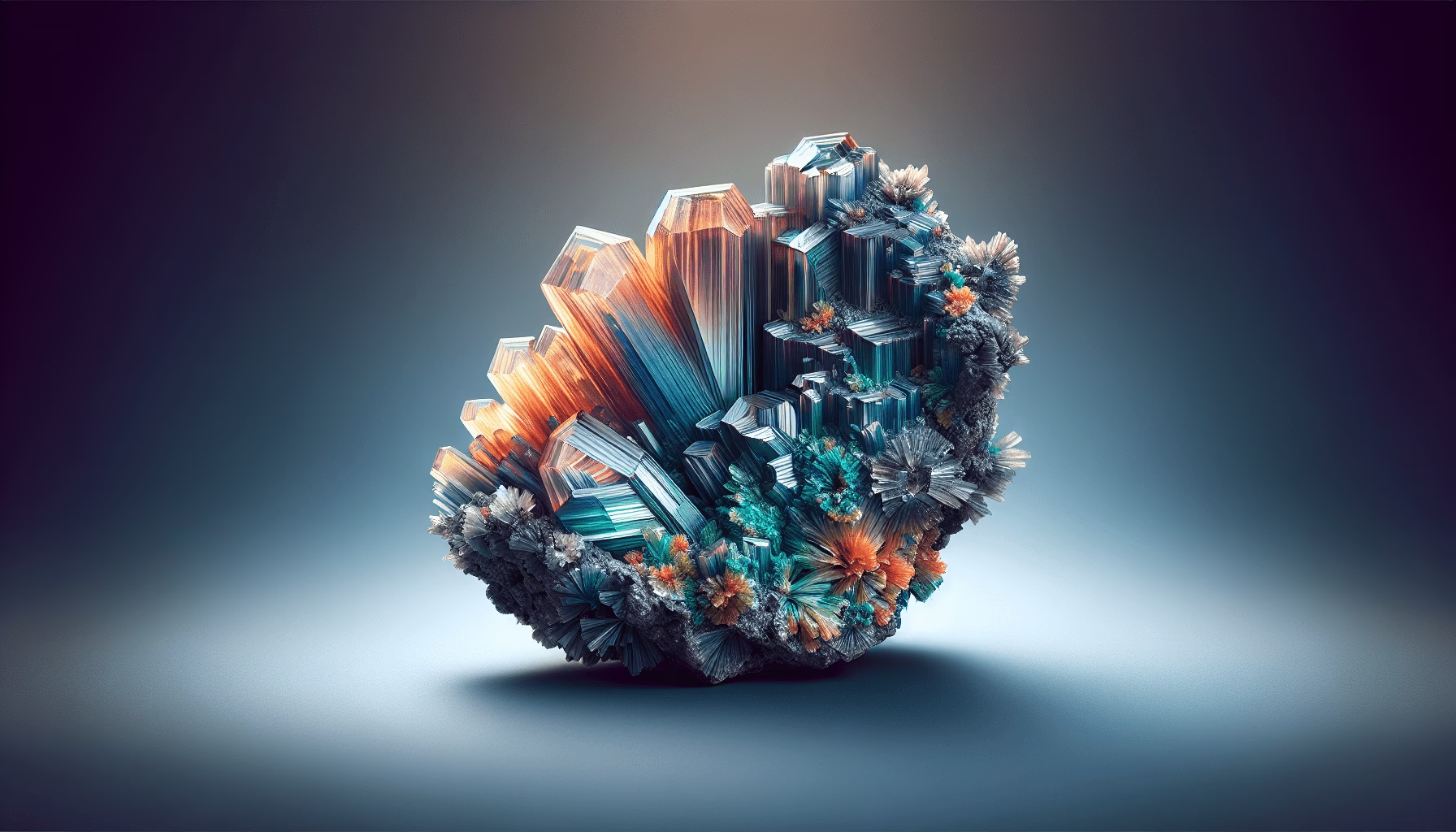
Conclusion and Engaging Your Readers
A systematic mineral classification system is critical for professionals and hobbyists alike. Recapitulating essential knowledge about chemical, physical, and crystallographic properties, the article highlights a comprehensive approach to organizing mineral collections via historical insights and practical strategies. Engaging vibrant digital communities and applying innovative technology can transform and elevate the classification process. Readers are encouraged to share their experiences and explore related articles for further enrichment on their mineralogical journey.
Additional Resources and Linked Content
For those keen on diving deeper, consider exploring articles like “A Beginner’s Guide to Basic Crystallography” and “The Evolution of Silicate Minerals in Earth’s Crust.” These resources serve to expand your knowledge base and strengthen your proficiency in mineral classification.
